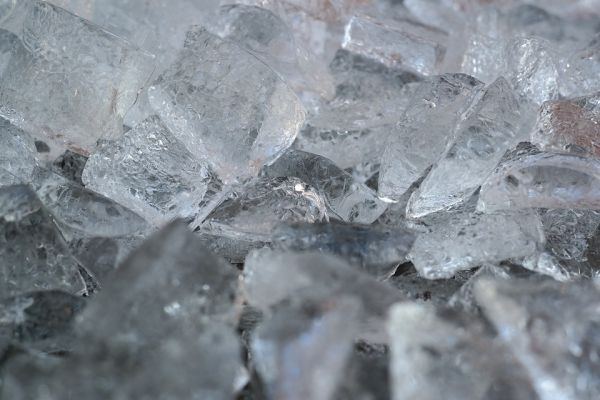Researchers at Aalto University have found strong evidence that warm ice – that is, ice very close in temperature to zero degrees Celsius – may fracture differently than the kinds of ice typically studied in laboratories or nature. A new study published in The Cryosphere takes a closer look at the phenomenon, studied at the world’s largest indoor ice tank on Aalto’s campus.
Understanding how ice breaks is crucial for ensuring safe harbours and bridges in cool climates, as well as transportation through historically ice-heavy regions. As global warming brings changes to once-predictable seasonal conditions, the rules underpinning infrastructure engineering are being tested across borders and continents.
‘We need to study warm ice because it’s what we’re seeing in nature; global warming is happening. The mechanical properties of ice and how it responds to force may be fundamentally different when it’s warm rather than cold, as we traditionally study it,’ says Iman El Gharamti, lead author of the paper and doctoral student at Aalto University.
Read more at Aalto University
Photo Credit: Hans via Pixabay


